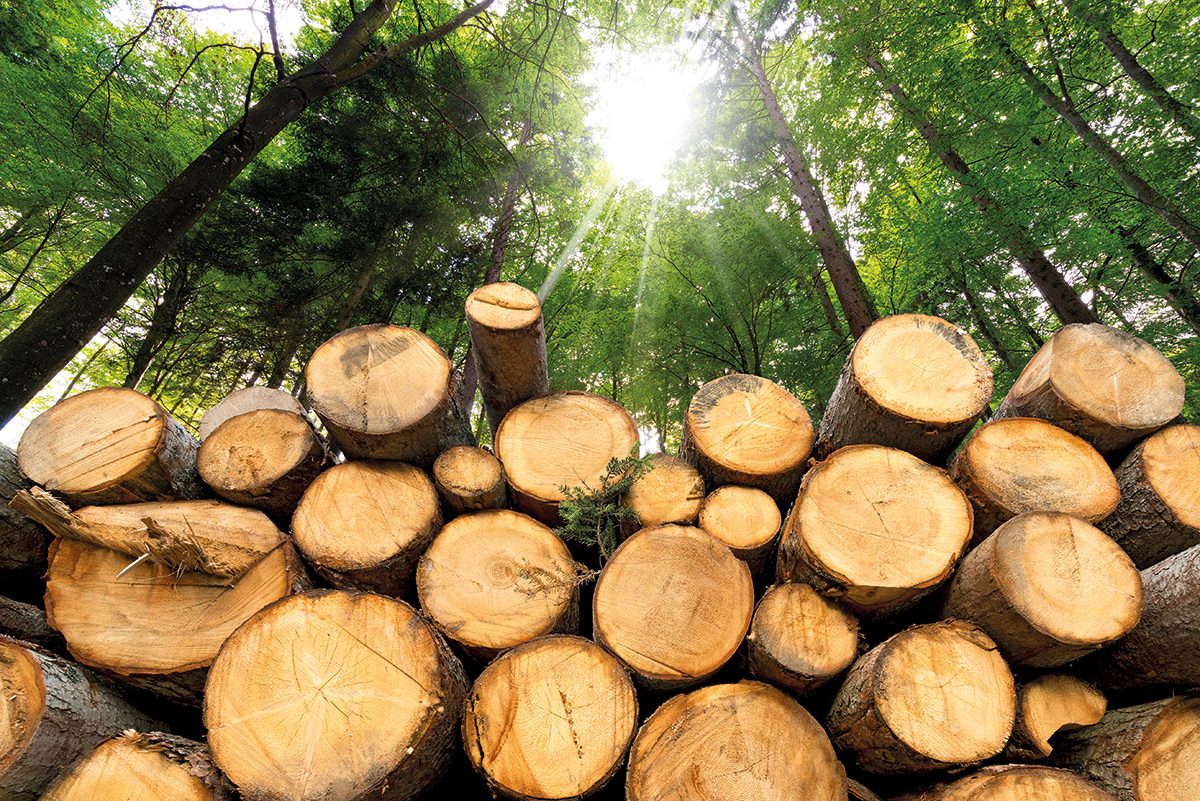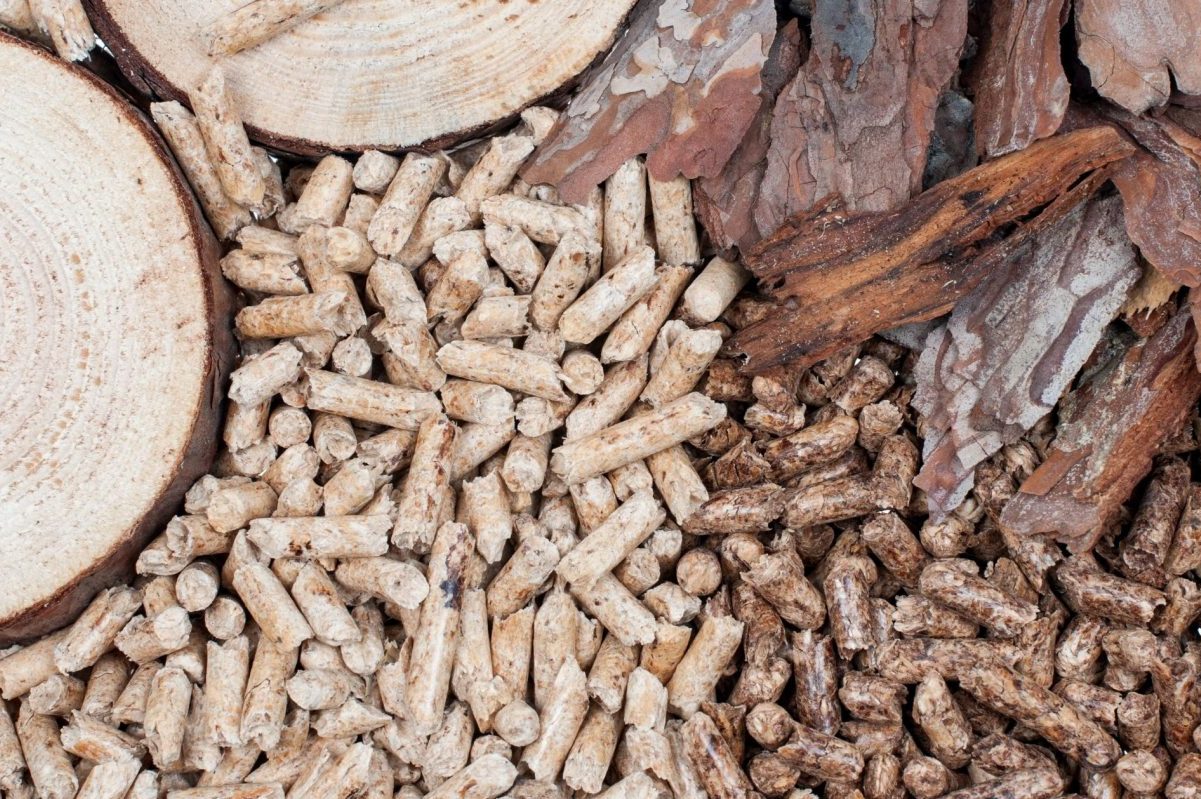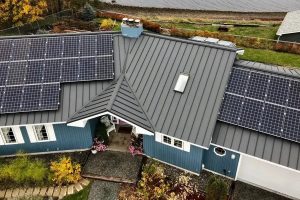
What is Biomass?
Biomass pertains to the production of bioenergy from the following sources:
- Direct combustion, such as electricity generation, steam, or heat.
- Indirect thermochemical or biochemical conversion into different biofuels, such as pyrolysis oils, methane, methanol, and ethanol
Biomass fuel can be tapped as a renewable energy source as long as it is properly managed. This kind of fuel is often sourced from recently living or still living plant items from forestry and agriculture materials.
Sources of biomass include algae, food crops and residues, grasses, and forest and tree residues. The by-product is also being studied to be used as fuel in biomass sources for lubricants and industrial chemicals.

Biomass and Tallgrass Prairie
To date, the focus of herbaceous production of biomass has been exclusive to grasses. Some species are found in the tallgrass communities indigenous to South Ontario. It’s more beneficial to the ecology to produce biofuels from these tallgrass communities than in monoculture corn, willows, or stands of grasses.
Therefore, tallgrass prairie planting could offer many benefits that include the following:
- A boost in the diversity of the bird species
- An increase in the variety of insect pollinators
- Higher efficiency in using nutrients
- More sequestration of soil carbon
Planting of Tallgrass Prairie
To reach the highest biomass rate, it is recommended to do diverse planting of the species of tallgrass prairies. Its composition must have some species of legume, wildflowers, and native grasses.
Through this, the annual amount of biomass can be sourced from the perennials’ diversity. This amount of biomass is enough to supply more usable energy for every acre than when using soybean biodiesel or corn grain ethanol.
The energy market forces are rapidly changing. The demand for biomass can be viewed as practical solutions to industries’ sustainability, production costs, transportation, the sufficiency of supply sources, and more.


